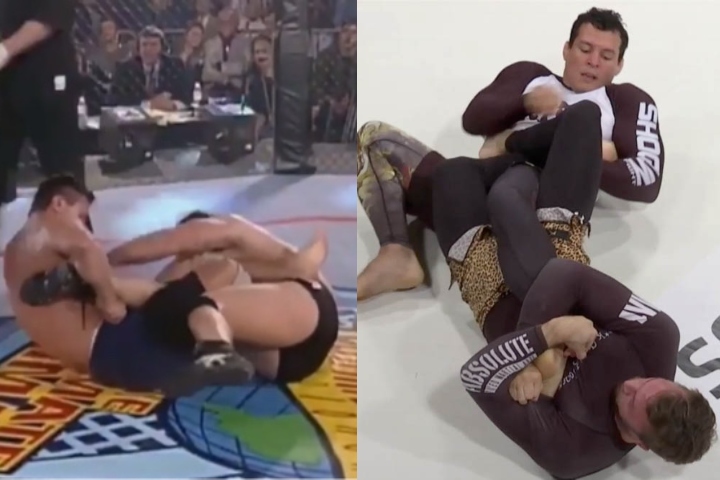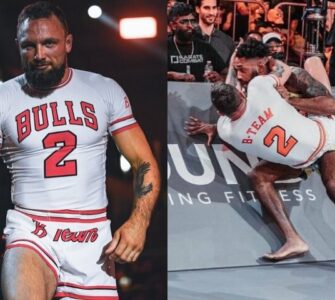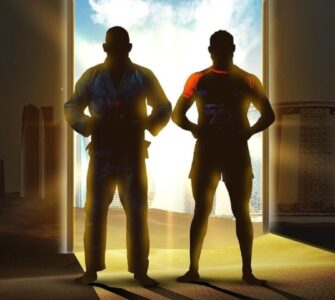Leg locks in traditional Gi Brazilian Jiu-Jitsu academies still seem to get a bad rap. In other similar grappling arts like Sambo or Catch Wrestling, they occupy an important place.
In recent years a new school of Jiu-Jitsu players have started to perfect the leg lock game (Garry Tonon, Gordon Ryan and the Danaher Death Squad in No Gi and Luis Panza, Musumeci in Gi) but they are still not developed so much in Gi Jiu-Jitsu and may even be frowned upon because of high risk of injury (especially heel hooks) . Why would that be?
Leg locks are very effective but the problem is that they are also addictive. Once someone gets good at them, they tend to center their whole game around them and their may other aspects of their game gets negatively affected. Many leglockers at the lower levels often have faulty open guards. When their opponent defend their foot lock and get on top, their guard is so week that they always get smashed and get their guard passed…
Leg lockers spend much less time on developing more important aspects of their game like developing a good guard, guard passing, and improving position. They just been focus on getting the easiest submission available: The leg lock.
Many of the new school leglock ‘innovations’ were already being used by some of the great leglockers in the 1990’s such as Gokor Chivichyan, Erik Paulson and Oleg Taktarov.
As you will see in this video, these leglock concepts have trickled down and become become more mainstream in the last 25 years.
The Leg Lock Anthology: 50/50 by Lachlan Giles.
- Learn the never before seen submission system that shocked the world at The ADCC 2019.
- ADCC Absolute Medalist Lachlan Giles teaches the full leg lock system behind one of grappling’s most legendary performances.


















